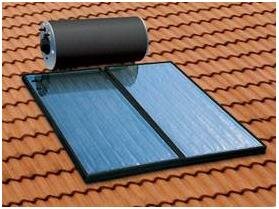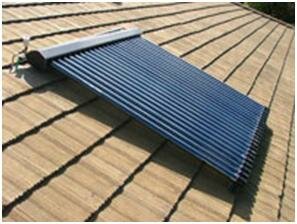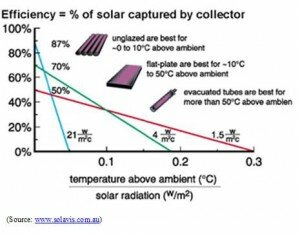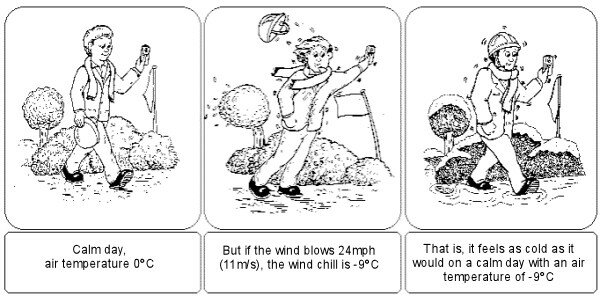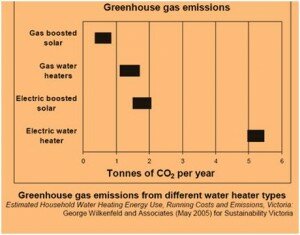LED lighting update
Monday, June 8th, 2009In October last year CarbonetiX started an independent evaluation of LED lights as a substitute for fluorescent lighting. LEDs, standing for light-emitting diodes, have previously been commonly used for other purposes such as for low energy indicator lights on household equipment, but have not yet been widely used for general commercial lighting.
The evaluation is being undertaken by CarbonetiX in partnership with the Sustainability Fund, managed by Sustainability Victoria, and with the support of Frankston City Council. Eight months on and the trial is now nearing conclusion.
being undertaken by CarbonetiX in partnership with the Sustainability Fund, managed by Sustainability Victoria, and with the support of Frankston City Council. Eight months on and the trial is now nearing conclusion.
176 fluorescent tubes were replaced with solid state LED lamps in the Mahogany Neighbourhood Community Centre in the City of Frankston. Users of the facility were surveyed before and after the upgrade and noted either no change or an improvement in the lighting. An illumination assessment showed that illumination levels after the upgrade were around the same as before. Yet power consumption has dropped from over 40 watts per lamp down to 18 watts.
The trial has involved firstly a desk-top evaluation of LED products, then selection of lamps from those six manufacturers who appeared to have the best products. These were then tested by CarbonetiX for light output and power consumption. The best performing lamp was then sent to a NATA (National Association of Testing Authorities) certified laboratory for photometric testing.
It was disappointing to have the only Australian lamp fail during our in-house testing. However the overall testing result was surprisingly good: the useful light provided by the best lamp in a standard office troffer was similar to that of a used halo-phosphor tube, whereas our earlier program of testing indicated the LEDs were just not bright enough to be used as a fluorescent substitute.
This means that where a building is currently lit by halo-phosphor lamps, which are still quite common fluorescent tubes, and where the illumination levels exceed those specified in AS1680, that the best LED tube could be used as a fluorescent substitute.
Another concern was the reliability of the product. Barney Mezey, our energy auditor who ran with the project, was concerned about the headache that failure of the lamps would cause. Fortunately all of the lamps are still working three months after they were installed. Obviously this is nowhere near long enough to establish whether or not the lamps will operate for 50,000 hours or not as claimed by the manufacturer. But it is a good start..
LEDs are still expensive, with CarbonetiX estimating a twelve year return on investment. But this trial indicates that if the technology continues to evolve and prices drop that LEDs could help halve the use the energy used by lighting in commercial buildings.

